Exploring Free Matrix CFT Holographies at One-Loop
Abstract
1. Introduction
Organization of Paper
2. Casimir Energy in Thermal AdS
3. Formalism for One-Loop Computations in AdS
3.1. Vacuum Energy in AdS
3.2. Character Integral Representation of Zeta Function
4. Computing Partition Functions by Polya Counting
4.1. Adjoint Models
4.2. and Adjoint Models
4.3. Bi-Fundamental and Bi-Vector Models
4.4. Symmetric Group
4.5. Fermions
5. One Loop Tests of Free Matrix CFT Holographies
5.1. Non-Supersymmetric and Adjoint Models
5.1.1. Bulk Dual of Free Scalar
5.1.2. Bulk Dual of Free Yang Mills
5.2. Bulk Dual of Free SYM
5.3. Bi-Fundamental and Bi-Vector Models
5.4. Symmetric Group
6. Summary and Concluding Remarks
Acknowledgments
Author Contributions
Conflicts of Interest
Appendix A. Harmonic Analysis on Spheres, Hyperboloids, and Their Quotients
Appendix A.1. The Scalar on AdS5 and S5
Appendix A.2. Zeta Functions of AdS5 Fields
Appendix B. Unitary Irreducible Representations of the Algebra
- The semi-short UIR appears when and reaches its critical value , and the UIR is given by the quotient,
- The short representation arises when and . The invariant subspace of the Verma module appearing in this case is a semi-short representation, hence again contains an invariant subspace. Therefore, the UIR is given by a ‘double’ quotient,
Appendix C. Vector Models
Appendix C.1. Casimir Energies
Appendix C.2. Vacuum Energies
References
- Maldacena, J.M. The Large N limit of superconformal field theories and supergravity. Int. J. Theor. Phys. 1999, 484, 51–63. [Google Scholar]
- Aharony, O.; Gubser, S.S.; Maldacena, J.; Ooguri, H.; Oz, Y. Large N field theories, string theory and gravity. Phys. Rep. 2000, 323, 183–386. [Google Scholar] [CrossRef]
- Polchinski, J. Dirichlet Branes and Ramond-Ramond charges. Phys. Rev. Lett. 1995, 75, 4724–4727. [Google Scholar] [CrossRef] [PubMed]
- Klebanov, I.R.; Polyakov, A.M. AdS dual of the critical O(N) vector model. Phys. Lett. B 2002, 550, 213–219. [Google Scholar] [CrossRef]
- Gaberdiel, M.R.; Gopakumar, R. An AdS3 Dual for Minimal Model CFTs. Phys. Rev. D 2011, 83, 066007. [Google Scholar] [CrossRef]
- Shenker, S.H.; Yin, X. Vector Models in the Singlet Sector at Finite Temperature. arXiv, 2011; arXiv:1109.3519. [Google Scholar]
- Sundborg, B. The Hagedorn transition, deconfinement and N=4 SYM theory. Nucl. Phys. B 2000, 573, 349–363. [Google Scholar] [CrossRef]
- Witten, E. Spacetime reconstruction. In Proceedings of the Conference in Honor of John Schwarz’s 60th Birthday, Pasadena, CA, USA, 3–4 November 2001. [Google Scholar]
- Gross, D.J. High-Energy Symmetries of String Theory. Phys. Rev. Lett. 1988, 60, 1229. [Google Scholar] [CrossRef] [PubMed]
- Gross, D.J.; Periwal, V. String Perturbation Theory Diverges. Phys. Rev. Lett. 1988, 60, 2105. [Google Scholar] [CrossRef] [PubMed]
- Beisert, N.; Bianchi, M.; Morales, J.F.; Samtleben, H. On the spectrum of AdS/CFT beyond supergravity. J. High Energy Phys. 2004, 2004, 001. [Google Scholar] [CrossRef]
- Bianchi, M.; Morales, J.F.; Samtleben, H. On stringy AdS5 × S5 and higher spin holography. J. High Energy Phys. 2003, 2003, 062. [Google Scholar] [CrossRef]
- Beisert, N.; Bianchi, M.; Morales, J.F.; Samtleben, H. Higher spin symmetry and N=4 SYM. J. High Energy Phys. 2004, 2004, 058. [Google Scholar] [CrossRef]
- Bianchi, M.; Heslop, P.J.; Riccioni, F. More on “La Grande Bouffe”: Towards higher spin symmetry breaking in AdS. J. High Energy Phys. 2005, 2005, 088. [Google Scholar] [CrossRef]
- Joung, E.; Lopez, L.; Taronna, M. Solving the Noether procedure for cubic interactions of higher spins in (A)dS. J. Phys. A Math. Theor. 2013, 46, 214020. [Google Scholar] [CrossRef][Green Version]
- Joung, E.; Lopez, L.; Taronna, M. On the cubic interactions of massive and partially-massless higher spins in (A)dS. J. High Energy Phys. 2012, 2012, 041. [Google Scholar] [CrossRef]
- Joung, E.; Lopez, L.; Taronna, M. Generating functions of (partially-)massless higher-spin cubic interactions. J. High Energy Phys. 2013, 2013, 168. [Google Scholar] [CrossRef]
- Camporesi, R. Harmonic analysis and propagators on homogeneous spaces. Phys. Rep. 1990, 196, 1–134. [Google Scholar] [CrossRef]
- Camporesi, R.; Higuchi, A. Arbitrary spin effective potentials in anti-de Sitter space-time. Phys. Rev. D 1993, 47, 3339–3344. [Google Scholar] [CrossRef]
- Camporesi, R.; Higuchi, A. The plancherel measure for p-forms in real hyperbolic spaces. J. Geom. Phys. 1994, 15, 57–94. [Google Scholar] [CrossRef]
- Camporesi, R.; Higuchi, A. Spectral functions and zeta functions in hyperbolic spaces. J. Math. Phys. 1994, 35, 4217–4246. [Google Scholar] [CrossRef]
- Giombi, S.; Yin, X. The Higher Spin/Vector Model Duality. J. Phys. A Math. Theor. 2013, 46, 214003. [Google Scholar] [CrossRef]
- Giombi, S.; Klebanov, I.R. One Loop Tests of Higher Spin AdS/CFT. J. High Energy Phys. 2013, 12, 068. [Google Scholar] [CrossRef]
- Giombi, S.; Klebanov, I.R.; Safdi, B.R. Higher Spin AdSd+1/CFTd at One Loop. Phys. Rev. D 2014, 89, 084004. [Google Scholar] [CrossRef]
- Giombi, S.; Klebanov, I.R.; Tseytlin, A.A. Partition Functions and Casimir Energies in Higher Spin AdSd+1/CFTd. Phys. Rev. D 2014, 90, 024048. [Google Scholar] [CrossRef]
- Beccaria, M.; Bekaert, X.; Tseytlin, A.A. Partition function of free conformal higher spin theory. J. High Energy Phys. 2014, 2014, 113. [Google Scholar] [CrossRef]
- Beccaria, M.; Tseytlin, A.A. Higher spins in AdS5 at one loop: Vacuum energy, boundary conformal anomalies and AdS/CFT. J. High Energy Phys. 2014, 2014, 114. [Google Scholar] [CrossRef]
- Beccaria, M.; Tseytlin, A.A. Vectorial AdS5/CFT4 duality for spin-one boundary theory. J. Phys. A Math. Theor. 2014, 47, 492001. [Google Scholar] [CrossRef]
- Beccaria, M.; Macorini, G.; Tseytlin, A.A. Supergravity one-loop corrections on AdS7 and AdS3, higher spins and AdS/CFT. Nucl. Phys. B 2015, 892, 211–238. [Google Scholar] [CrossRef]
- Giombi, S.; Klebanov, I.R.; Tan, Z.M. The ABC of Higher-Spin AdS/CFT. arXiv, 2016; arXiv:1608.07611. [Google Scholar]
- Gunaydin, M.; Skvortsov, E.D.; Tran, T. Exceptional F(4) Higher-Spin Theory in AdS(6) at One-Loop and other Tests of Duality. J. High Energy Phys. 2016, 2016, 168. [Google Scholar] [CrossRef]
- Pang, Y.; Sezgin, E.; Zhu, Y. One Loop Tests of Supersymmetric Higher Spin AdS4/CFT3. arXiv, 2016; arXiv:1608.07298. [Google Scholar]
- Skvortsov, E.D.; Tran, T. AdS/CFT in Fractional Dimension and Higher Spin Gravity at One Loop. arXiv, 2017; arXiv:1707.00758. [Google Scholar]
- Giombi, S. TASI Lectures on the Higher Spin - CFT duality. arXiv, 2016; arXiv:1607.02967. [Google Scholar]
- Barabanschikov, A.; Grant, L.; Huang, L.L.; Raju, S. The Spectrum of Yang Mills on a sphere. J. High Energy Phys. 2006, 2006, 160. [Google Scholar] [CrossRef][Green Version]
- Newton, T.H.; Spradlin, M. Quite a Character: The Spectrum of Yang-Mills on S3. Phys. Lett. B 2009, 672, 382–385. [Google Scholar] [CrossRef][Green Version]
- Bae, J.-B.; Joung, E.; Lal, S. One-loop test of free SU(N) adjoint model holography. J. High Energy Phys. 2016, 2016, 061. [Google Scholar] [CrossRef]
- Bae, J.-B.; Joung, E.; Lal, S. On the Holography of Free Yang-Mills. J. High Energy Phys. 2016, 2016, 074. [Google Scholar] [CrossRef]
- Bae, J.-B.; Joung, E.; Lal, S. A Note on Vectorial AdS5/CFT4 Duality for Spin-j Boundary Theory. J. High Energy Phys. 2016, 2016, 077. [Google Scholar] [CrossRef]
- Bae, J.-B.; Joung, E.; Lal, S. One-Loop Free Energy of Tensionless Type IIB String in AdS5×S5. arXiv, 2016; arXiv:1701.01507. [Google Scholar]
- Gibbons, G.W.; Perry, M.J.; Pope, C.N. Partition functions, the Bekenstein bound and temperature inversion in anti-de Sitter space and its conformal boundary. Phys. Rev. D 2006, 74, 084009. [Google Scholar] [CrossRef]
- Camporesi, R.; Higuchi, A. On the Eigen functions of the Dirac operator on spheres and real hyperbolic spaces. J. Geom. Phys. 1996, 20, 1–18. [Google Scholar] [CrossRef]
- Diaz, D.E.; Dorn, H. Partition functions and double-trace deformations in AdS/CFT. J. High Energy Phys. 2007, 2007, 046. [Google Scholar] [CrossRef]
- Bianchi, M.; Dolan, F.A.; Heslop, P.J.; Osborn, H. N=4 superconformal characters and partition functions. Nucl. Phys. B 2007, 767, 163–226. [Google Scholar] [CrossRef]
- Polyakov, A.M. Gauge fields and space-time. Int. J. Mod. Phys. A 2002, 17, 119–136. [Google Scholar] [CrossRef]
- Aharony, O.; Marsano, J.; Minwalla, S.; Papadodimas, K.; Van Raamsdonk, M. The Hagedorn-deconfinement phase transition in weakly coupled large N gauge theories. Adv. Theor. Math. Phys. 2004, 8, 603–696. [Google Scholar] [CrossRef]
- Nishioka, T.; Takayanagi, T. On Type IIA Penrose Limit and N=6 Chern-Simons Theories. J. High Energy Phys. 2008, 2008, 001. [Google Scholar] [CrossRef]
- Jaroszewicz, T.; Kurzepa, P.S. Polyakov spin factors and Laplacians on homogeneous spaces. Ann. Phys. 1992, 213, 135–165. [Google Scholar] [CrossRef]
- Gopakumar, R.; Gupta, R.K.; Lal, S. The Heat Kernel on AdS. J. High Energy Phys. 2011, 2011, 010. [Google Scholar] [CrossRef]
- Lal, S. CFT(4) Partition Functions and the Heat Kernel on AdS(5). Phys. Lett. B 2013, 727, 325–329. [Google Scholar] [CrossRef]
- Mack, G. All Unitary Ray Representations of the Conformal Group SU(2,2) with Positive Energy. Commun. Math. Phys. 1977, 55, 1–28. [Google Scholar] [CrossRef]
- Dolan, F.A. Character formulae and partition functions in higher dimensional conformal field theory. J. Math. Phys. 2006, 47, 062303. [Google Scholar] [CrossRef]
- Minwalla, S. Restrictions imposed by superconformal invariance on quantum field theories. Adv. Theor. Math. Phys. 1998, 2, 783–851. [Google Scholar] [CrossRef]
- Metsaev, R.R. Massless mixed symmetry bosonic free fields in d-dimensional anti-de Sitter space-time. Phys. Lett. B 1995, 354, 78–84. [Google Scholar] [CrossRef]
- Metsaev, R.R. Mixed symmetry massive fields in AdS(5). Class. Quant. Grav. 2005, 22, 2777–2796. [Google Scholar] [CrossRef][Green Version]
- Metsaev, R.R. Mixed-symmetry fields in AdS(5), conformal fields, and AdS/CFT. J. High Energy Phys. 2015, 2015, 077. [Google Scholar] [CrossRef]
- Duff, M.J. Observations on Conformal Anomalies. Nucl. Phys. B 1977, 125, 334–348. [Google Scholar] [CrossRef]
- Christensen, S.M.; Duff, M.J. New Gravitational Index Theorems and Supertheorems. Nucl. Phys. B 1979, 154, 301–342. [Google Scholar] [CrossRef]
| 1. | We consider ‘free’ CFTs as being obtained from a zero ‘t-Hooft coupling limit of the large-N expansion of a given CFT. Hence the bulk theory still admits a semi-classical expansion, identified to the ’t-Hooft expansion of the dual CFT, and single trace conformal primaries in the CFT correspond to fields in the bulk. |
| 2. | Somewhat related arguments are also implicit in some computations of [25]. In particular, note their computations from Equations (5.16)–(5.21) which are essentially a ‘one-shot’ computation of the full bulk Casimir energy from the thermal partition function, much as we present here in (8). |
| 3. | The operators we are interested in will be of the form where c is a constant and . The spectral problem for operators of this form has been explicitly solved for a wide class of spin fields in AdS space. In contrast, if we wish to compute the same determinants over quotients of AdS, in principle we have to impose quantization conditions over . This may prove easy or difficult depending on the orbifold at hand. Nonetheless, for the quotients we are interested in, it is possible to compute the determinants on the quotient space by the method of images. We review these facts in Appendix. |
| 4. | This statement is a generalization of the addition theorem for spherical harmonics on to general spin fields on symmetric spaces, and is particularly transparent when the group theory underlying harmonic analysis on symmetric spaces is used. These facts are reviewed in Appendix A. |
| 5. | |
| 6. | The actual degeneracy can in principle be more as many representations R can carry the same quadratic Casimir . We neglect this possibility below as it does not affect the subsequent analysis. |
| 7. | While we are working here with compact groups, this statement should hold equally well when we consider AdS for which . This is the group theoretic origin of the Equation (21) which exploited the homogeneity of AdS to define the Plancherel measure. |
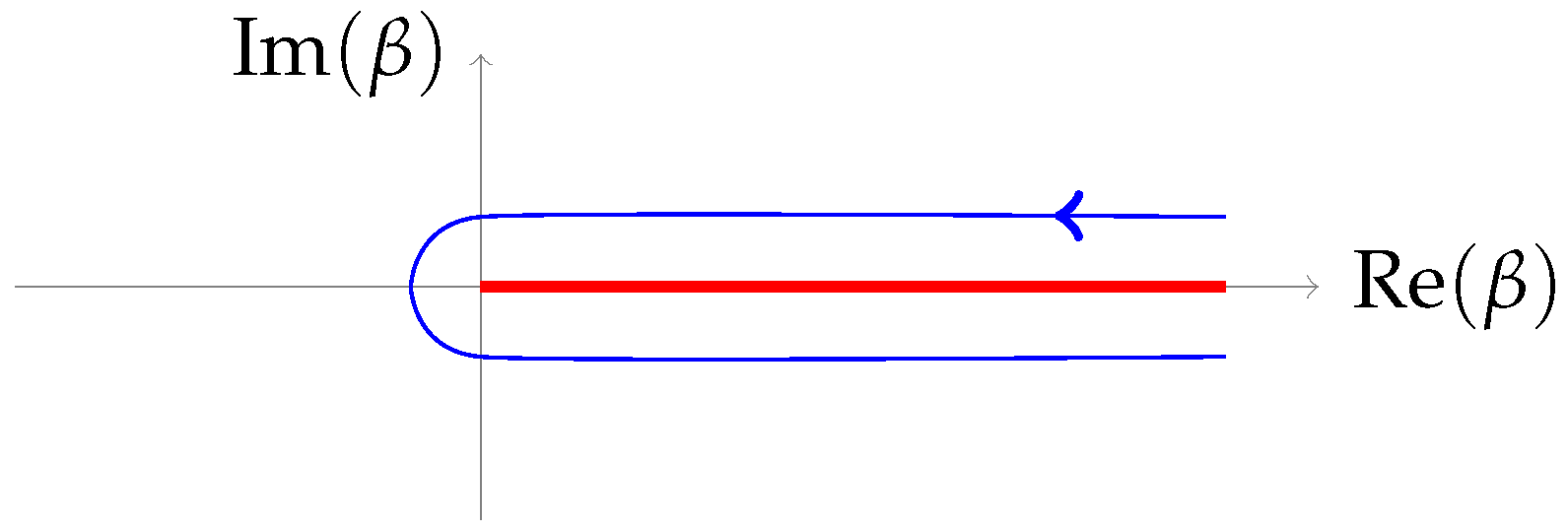
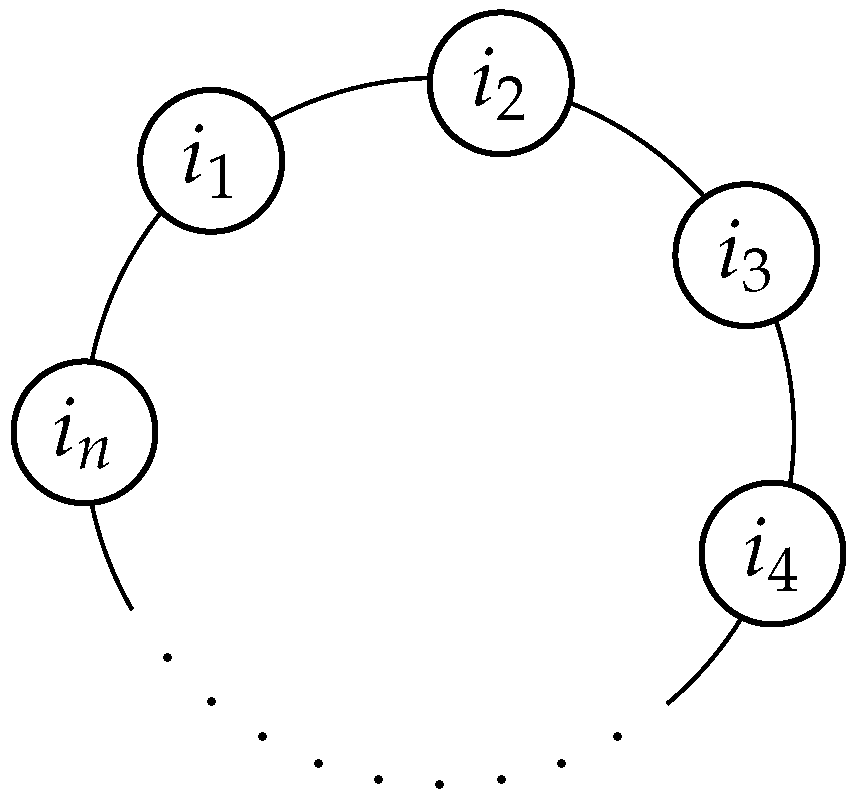
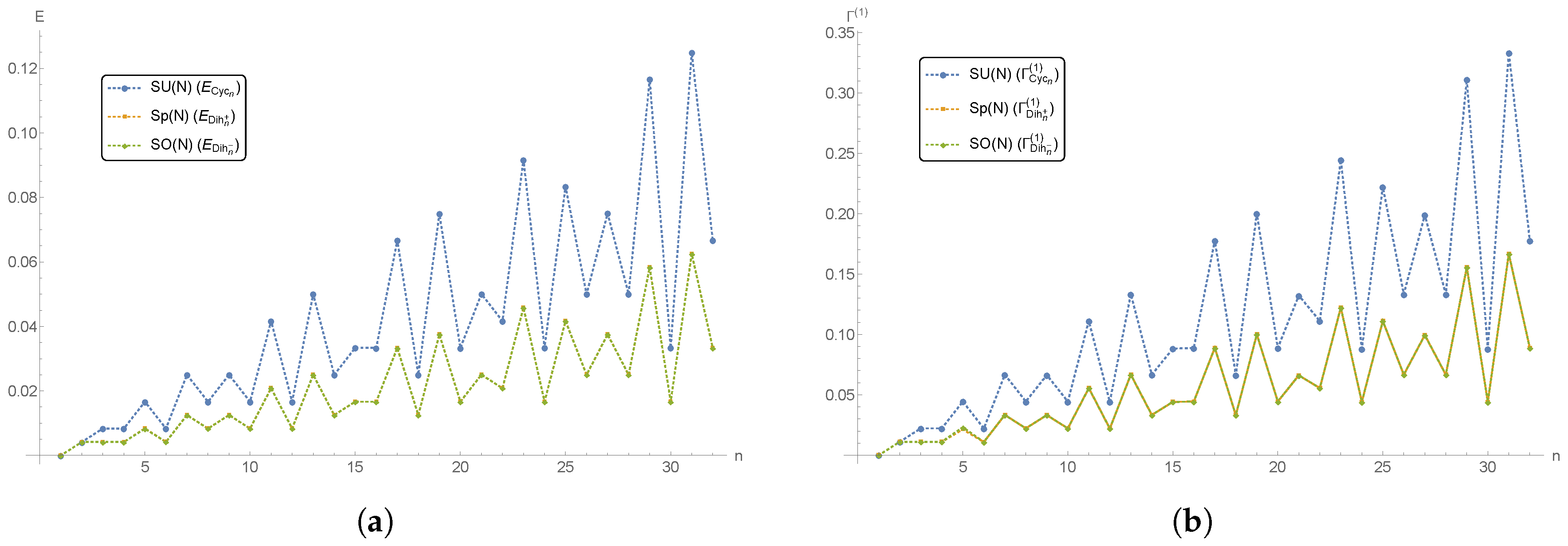
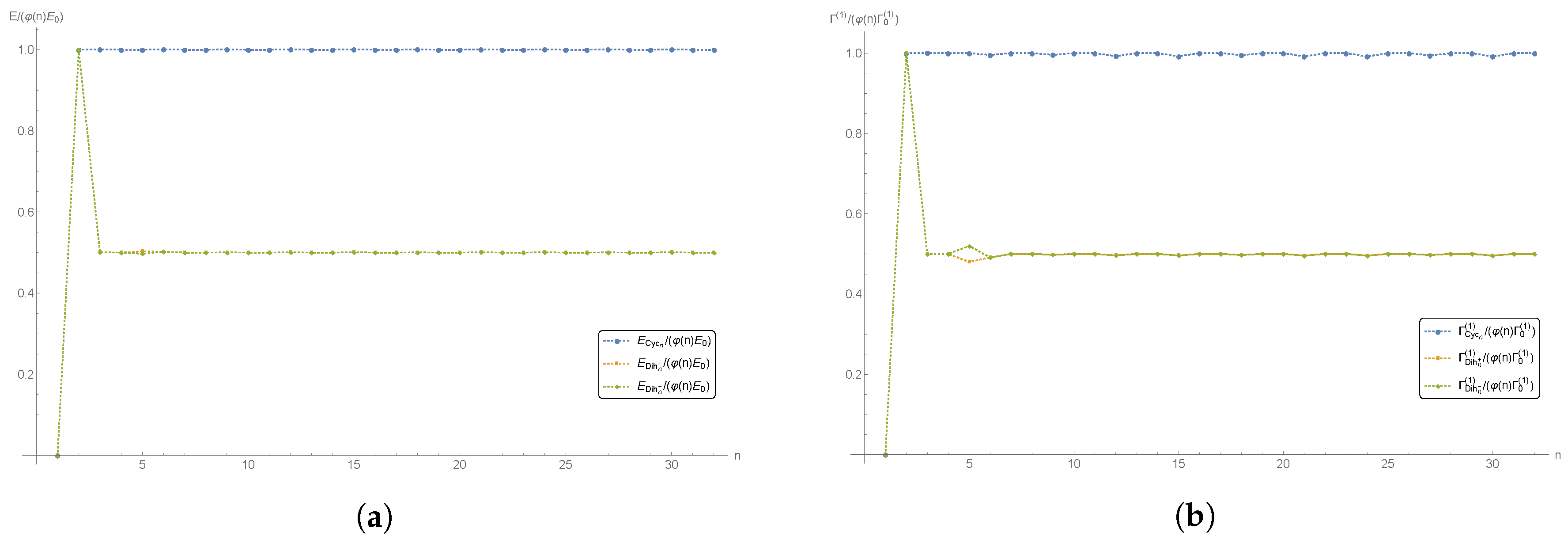

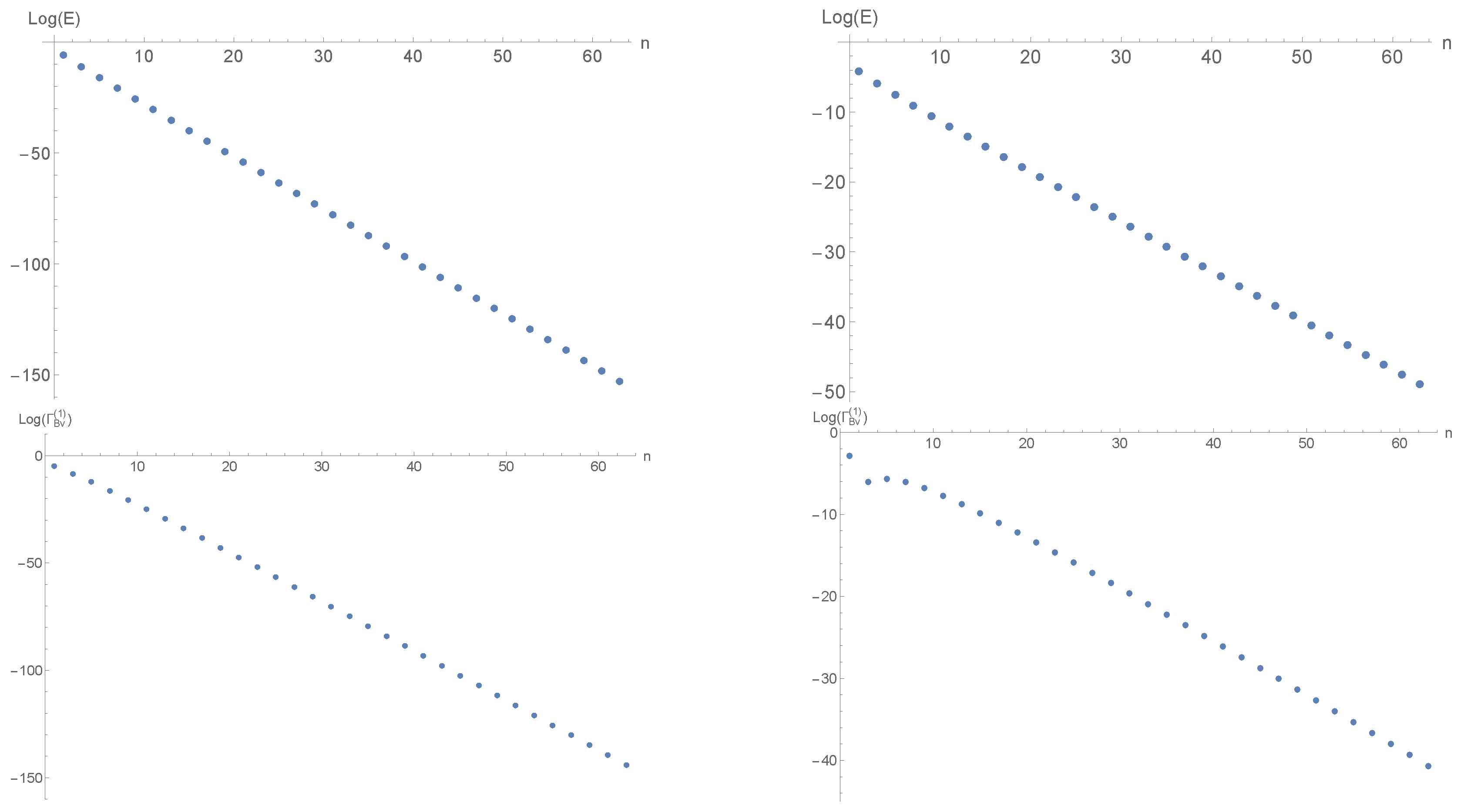

| Boundary CFT | Symmetry Group | Casimir Energy E | Vacuum Energy |
|---|---|---|---|
| Adjoint Scalar | |||
| Yang Mills | |||
| SYM | |||
| 0 | 0 | ||
| Bi-fundamental Scalar | 0 | 0 | |
| Bi-vector Fermion | 0 | 0 | |
| Bi-vector Scalar | 0 | 0 | |
| Bi-vector Fermion | 0 | 0 |
© 2017 by the authors. Licensee MDPI, Basel, Switzerland. This article is an open access article distributed under the terms and conditions of the Creative Commons Attribution (CC BY) license (http://creativecommons.org/licenses/by/4.0/).
Share and Cite
Bae, J.-B.; Joung, E.; Lal, S. Exploring Free Matrix CFT Holographies at One-Loop. Universe 2017, 3, 77. https://doi.org/10.3390/universe3040077
Bae J-B, Joung E, Lal S. Exploring Free Matrix CFT Holographies at One-Loop. Universe. 2017; 3(4):77. https://doi.org/10.3390/universe3040077
Chicago/Turabian StyleBae, Jin-Beom, Euihun Joung, and Shailesh Lal. 2017. "Exploring Free Matrix CFT Holographies at One-Loop" Universe 3, no. 4: 77. https://doi.org/10.3390/universe3040077
APA StyleBae, J.-B., Joung, E., & Lal, S. (2017). Exploring Free Matrix CFT Holographies at One-Loop. Universe, 3(4), 77. https://doi.org/10.3390/universe3040077




